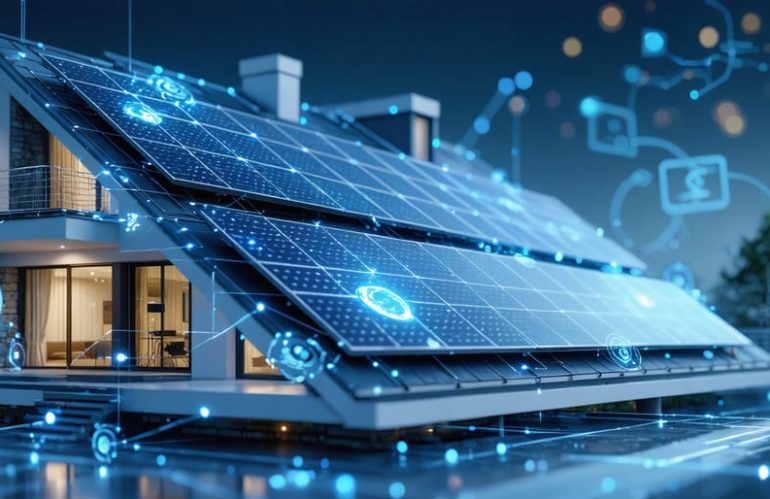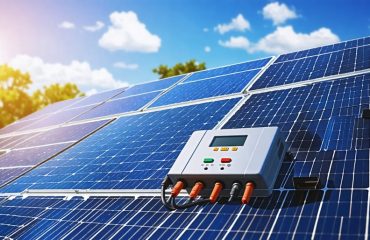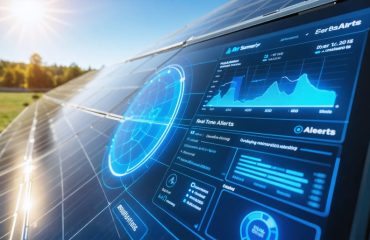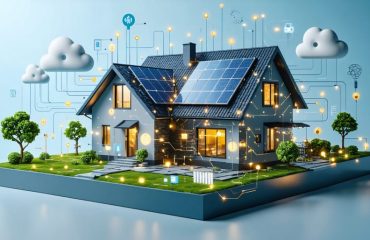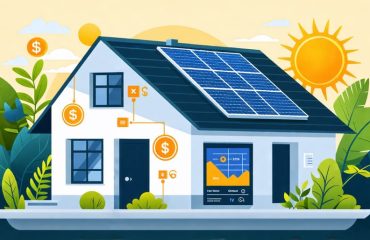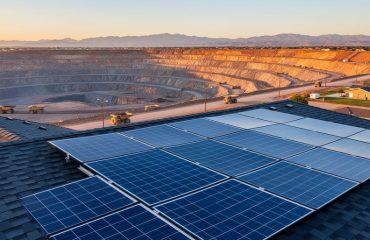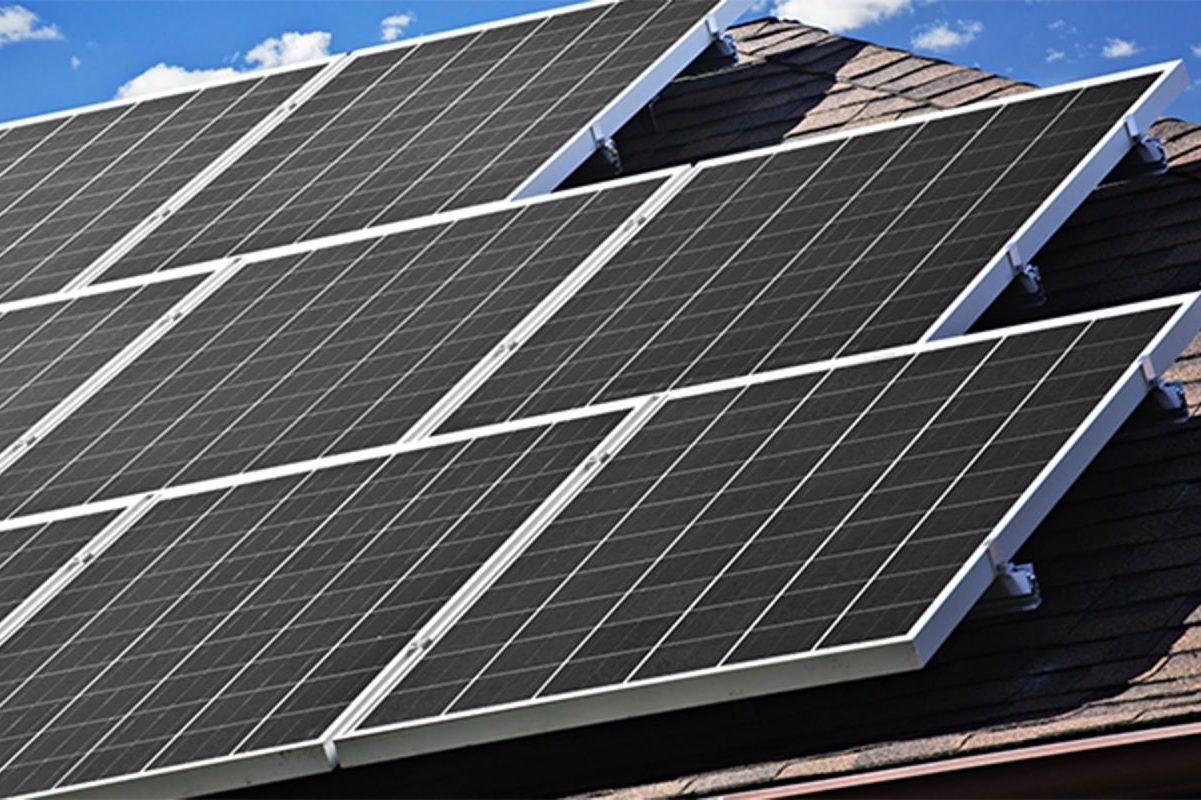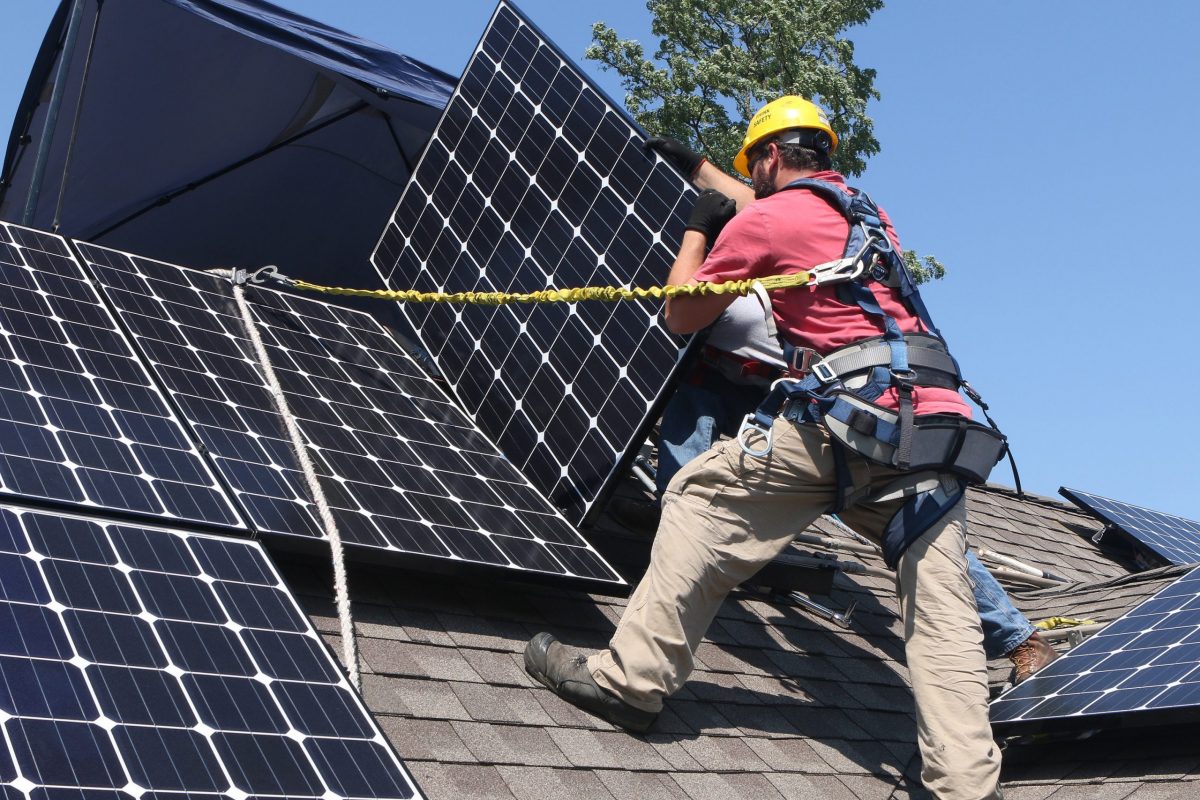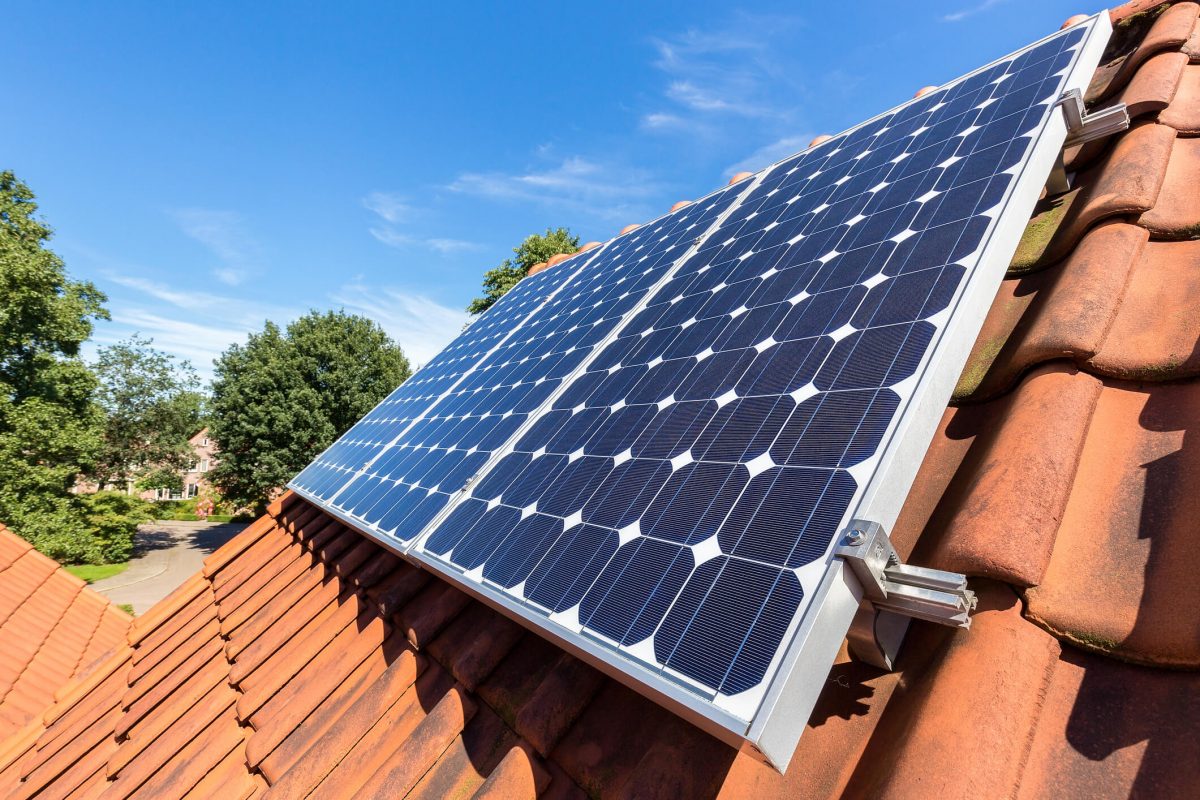Imagine never having to worry about unexpected equipment failures or costly emergency repairs again. Modern predictive maintenance technologies are revolutionizing how we care for our homes and essential systems, particularly solar panel installations. By combining artificial intelligence, sensor networks, and real-time monitoring, these smart solutions can detect potential issues before they become major problems.
Think of predictive maintenance as your home’s personal health monitoring system. Just as smart watches track vital signs to prevent health issues, these technologies continuously analyze your equipment’s performance patterns, temperature variations, and operational metrics. For solar panel owners, this means identifying declining efficiency, detecting micro-cracks, or spotting connection issues weeks or even months before they impact your energy production.
The real power of predictive maintenance lies in its ability to transform reactive, emergency-based repairs into planned, cost-effective maintenance schedules. Homeowners can now save up to 40% on maintenance costs while extending their solar system’s lifespan by years. This proactive approach not only protects your investment but also ensures consistent energy production and optimal performance throughout the year.
This introduction to predictive maintenance opens the door to smarter, more efficient home management, where technology works silently in the background to keep your systems running at peak performance.
How Predictive Maintenance Actually Works
Smart Sensors and Real-Time Monitoring
Modern predictive maintenance relies heavily on advanced sensors that act like your home’s early warning system. These smart devices continuously monitor crucial components of your solar installation, collecting real-time data about performance, temperature, and electrical output. The heart of this system is your solar monitoring system, which processes this information to detect potential issues before they become serious problems.
These sensors work around the clock, measuring everything from panel efficiency to weather conditions. They can detect subtle changes in performance that might indicate dust accumulation, aging components, or developing electrical issues. The data is automatically transmitted to a central monitoring station, where sophisticated software analyzes patterns and trends.
What makes this technology particularly valuable for homeowners is its user-friendly interface. You can access real-time information about your system’s health through simple mobile apps or web dashboards. The system sends notifications when maintenance is needed, helping you maintain optimal performance without requiring technical expertise. This proactive approach not only extends the life of your solar installation but also ensures you’re getting the maximum return on your investment.
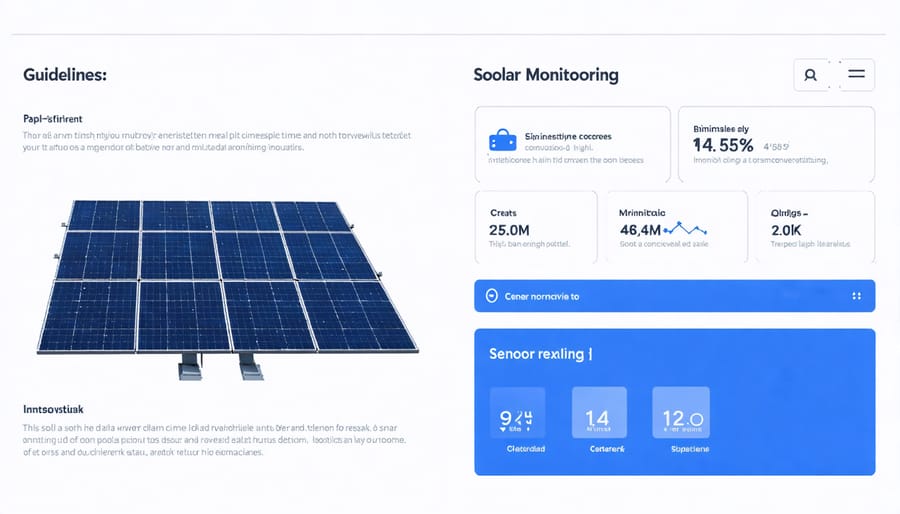
AI-Powered Performance Analysis
AI-powered performance analysis works like a smart health monitor for your home’s systems, continuously collecting and interpreting data to spot potential issues before they become problems. These intelligent systems analyze patterns in temperature, energy usage, and equipment performance, learning what’s normal for your specific setup and alerting you when something seems off.
Think of it as having a vigilant caretaker who never sleeps, monitoring hundreds of data points every minute. The AI can detect subtle changes that might escape human notice, such as a slight increase in power consumption that could indicate a failing component or a minor variation in performance that might signal the need for maintenance.
What makes this technology particularly valuable is its ability to learn and improve over time. As it gathers more data about your system, it becomes increasingly accurate at predicting when maintenance will be needed. This means you can schedule repairs at convenient times, avoid unexpected breakdowns, and extend the life of your equipment while maintaining peak efficiency.
The system also provides easy-to-understand recommendations and maintenance schedules, taking the guesswork out of system care and helping you make informed decisions about upkeep and repairs.
Key Benefits for Homeowners
Maximizing Energy Production
Predictive maintenance technologies play a crucial role in ensuring your solar panels operate at peak efficiency throughout their lifetime. By continuously monitoring panel performance and environmental conditions, these smart systems help you maximize your energy production and protect your investment.
Using advanced sensors and data analytics, predictive maintenance can detect subtle changes in panel output that might indicate potential issues. For example, if a panel’s efficiency drops by just a few percentage points, the system alerts you before the problem escalates into a major concern. This proactive approach helps maintain optimal energy generation and prevents unexpected power losses.
The technology also tracks weather patterns, dust accumulation, and shade conditions that might affect your panels’ performance. When these factors are identified, you’ll receive timely recommendations for cleaning, trimming nearby vegetation, or adjusting panel angles to capture maximum sunlight.
Many modern systems even integrate with weather forecasting services to predict when your panels might need attention. For instance, after a dust storm or heavy pollen season, the system might suggest scheduling a cleaning service to maintain peak efficiency.
By keeping your solar panels operating at their best, predictive maintenance typically helps homeowners generate 15-25% more energy compared to systems without monitoring. This increased efficiency translates directly into greater energy savings and a faster return on your solar investment.
Reducing Repair Costs
Modern predictive maintenance technologies can significantly reduce maintenance costs by identifying potential issues before they become major problems. Think of it as having a doctor for your solar panels who constantly monitors their health, catching small issues before they develop into costly repairs.
When sensors detect even slight decreases in performance or unusual patterns, homeowners can address these concerns promptly, often with simple solutions like cleaning or minor adjustments. This proactive approach eliminates the need for expensive emergency repairs and extends the life of your solar installation.
For example, early detection of loose connections can prevent damage to expensive inverters, while identifying partial shading issues can help you maintain optimal energy production. These technologies typically pay for themselves within the first year through prevented damage and maintained efficiency.
The cost savings are substantial – many homeowners report spending up to 70% less on repairs after implementing predictive maintenance systems. Beyond immediate repair savings, this technology helps maintain peak system performance, ensuring you continue to maximize your energy savings year after year.
Regular monitoring also helps prevent system downtime, meaning your panels keep generating electricity without interruption. This continuous operation ensures you get the most value from your solar investment while avoiding unexpected repair bills.
Common Issues Caught Early
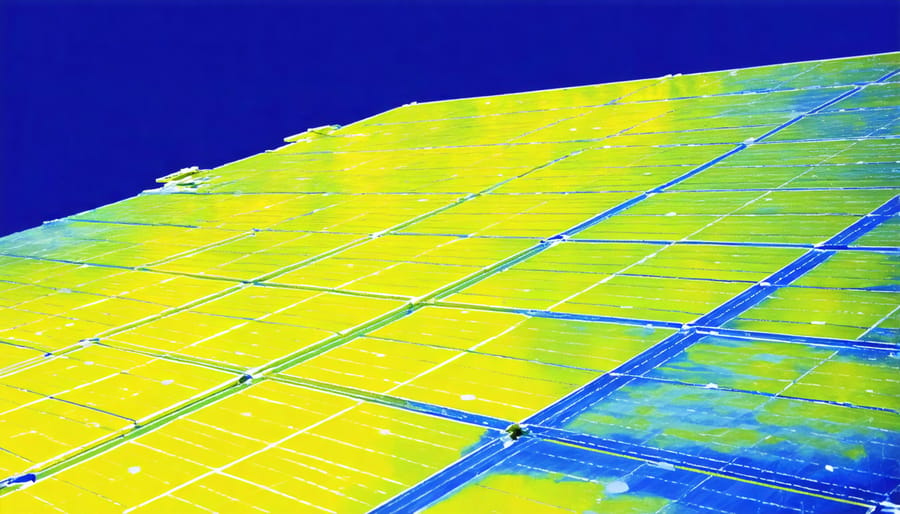
Performance Degradation Signs
Recognizing the early signs of solar panel performance issues can help you maintain optimal energy production and extend your system’s lifespan. One of the most noticeable indicators is a gradual decrease in your energy output, which you can track through your monitoring system or energy bills. If you notice your panels are generating less power during peak sunlight hours compared to previous years, this could signal a developing problem.
Visual inspection can reveal other warning signs, such as discoloration or yellowing of the panels, which often indicates heat stress or material degradation. Micro-cracks, while sometimes invisible to the naked eye, can lead to hot spots that appear as darker areas on your panels during operation. These hot spots may show up in thermal imaging scans before they impact performance significantly.
Another key indicator is irregular energy production patterns that don’t match weather conditions. For instance, if nearby panels are producing significantly more power than yours under the same conditions, this could point to efficiency issues. Modern monitoring systems can also alert you to unusual voltage or current readings, which might suggest connection problems or component deterioration.
Watch for physical signs like loose mounting hardware, damaged wiring, or debris accumulation, as these issues can impact performance if left unaddressed.
Weather Impact Prevention
Modern predictive maintenance systems excel at weather-related damage prevention by utilizing advanced weather monitoring and forecasting capabilities. These systems continuously analyze local weather data, including precipitation patterns, wind speeds, and temperature fluctuations, to anticipate potential risks to your solar installation.
When severe weather is approaching, the system automatically adjusts panel positioning to minimize exposure to harmful elements. For instance, during hailstorms, panels can be tilted to their most protective angle, while in high winds, they can be positioned to reduce wind resistance. The technology also monitors humidity levels and temperature differences that could lead to condensation, helping prevent moisture-related damage before it occurs.
Smart sensors throughout the system detect environmental changes in real-time, triggering automated responses or sending alerts to homeowners. This proactive approach helps prevent ice accumulation in winter, reduces storm damage risk, and protects against UV degradation during intense summer heat. The system can even coordinate with smart home devices to ensure optimal performance during challenging weather conditions, ultimately extending the lifespan of your solar investment while maintaining peak efficiency.
Getting Started with Predictive Maintenance
Choosing the Right System
When selecting a predictive maintenance system for your solar installation, consider starting with basic solar panel health monitoring before investing in more advanced solutions. First, assess your system’s size and complexity – smaller residential installations may only need simple monitoring equipment, while larger setups benefit from comprehensive sensor networks.
Look for systems that offer user-friendly mobile apps and clear performance reports. The best solutions provide real-time alerts, weather integration, and historical data analysis. Budget-conscious homeowners can start with basic performance monitors and upgrade later as needed.
Key features to prioritize include:
– Remote monitoring capabilities
– Easy-to-understand performance metrics
– Automatic alert systems
– Weather-adaptive monitoring
– Integration with existing home automation
– Reliable customer support
Remember that the most expensive option isn’t always the best fit. Choose a system that matches your technical comfort level and monitoring needs. Many manufacturers offer free trials or demonstrations, which can help you make an informed decision before committing to a particular solution.
Integration with Existing Panels
Adding predictive maintenance capabilities to your existing solar panel system is simpler than you might think. Most modern solar installations can be upgraded with smart monitoring devices that connect directly to your existing inverter. These devices typically include sensors that attach to your panels and a small control unit that connects to your home’s internet.
The installation process usually takes just a few hours and can be done by a certified solar technician without disrupting your system’s operation. The sensors are weatherproof and designed to withstand the same conditions as your panels, while the monitoring unit can be placed in your garage or utility room.
For older solar installations, you might need an adapter kit to ensure compatibility with newer monitoring technology. Many manufacturers offer retrofit solutions specifically designed for different panel types and inverter brands. Some systems even allow for DIY installation, though professional setup is recommended to ensure proper integration and data accuracy.
Before upgrading, check your inverter’s specifications and warranty terms to confirm compatibility with predictive maintenance add-ons.
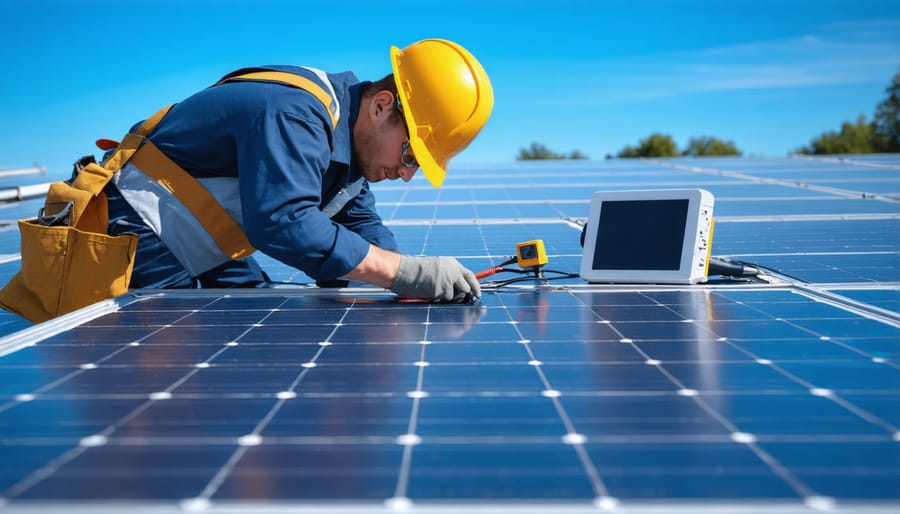
Predictive maintenance technologies represent a game-changing approach to protecting your solar investment and ensuring long-term energy efficiency. By catching potential issues before they become major problems, these smart systems help you save money, extend equipment life, and maintain optimal performance of your solar installation.
Taking advantage of these technologies isn’t just about preventing breakdowns – it’s about embracing a proactive approach to home energy management. The combination of real-time monitoring, advanced analytics, and automated alerts puts you in control of your solar system’s health, giving you peace of mind while maximizing your return on investment.
As sustainable living becomes increasingly important, implementing predictive maintenance solutions is a smart step toward ensuring your contribution to a greener future. The initial investment in these technologies typically pays for itself many times over through reduced repair costs, improved efficiency, and extended system life.
Don’t wait for problems to arise – take action today by exploring predictive maintenance options for your solar installation. Your wallet – and the planet – will thank you for it.

